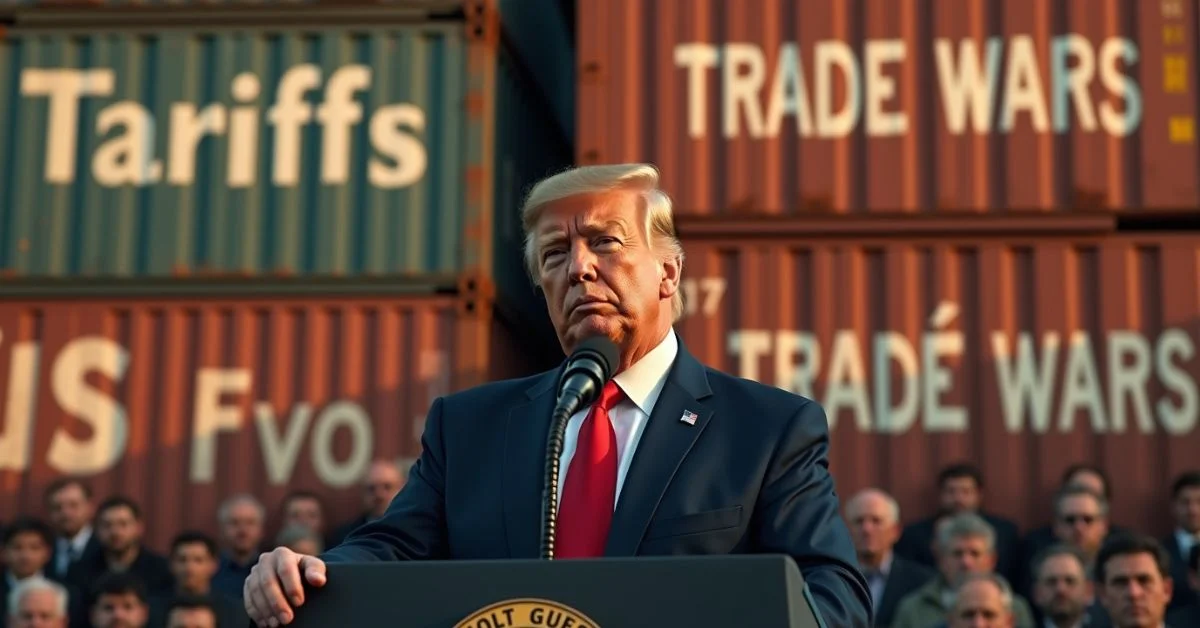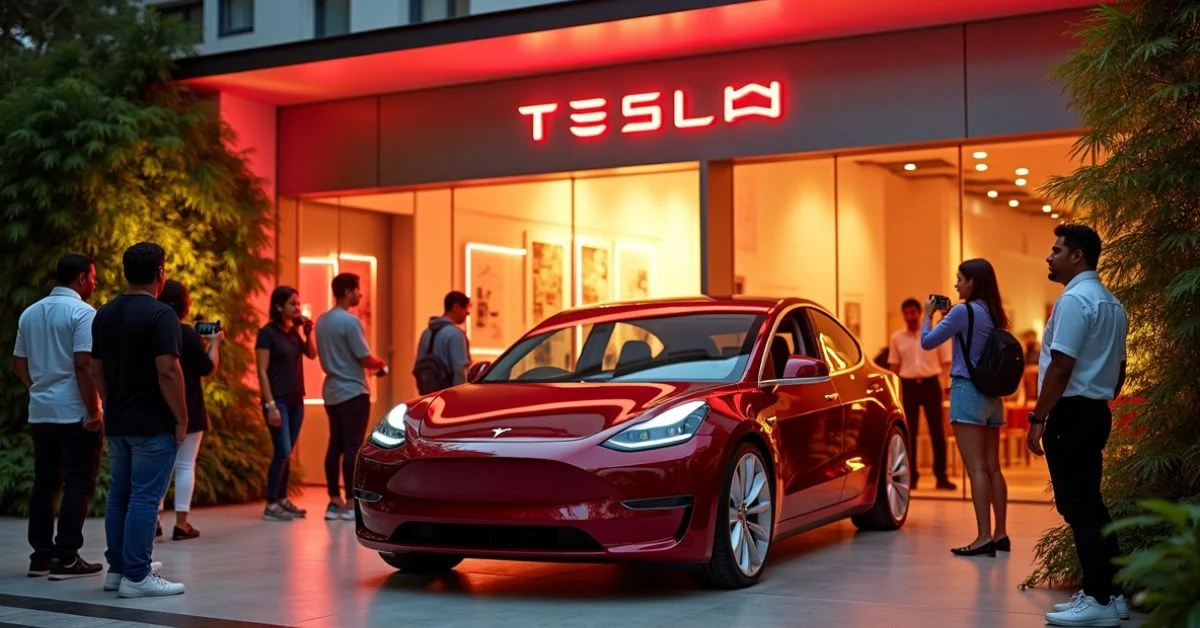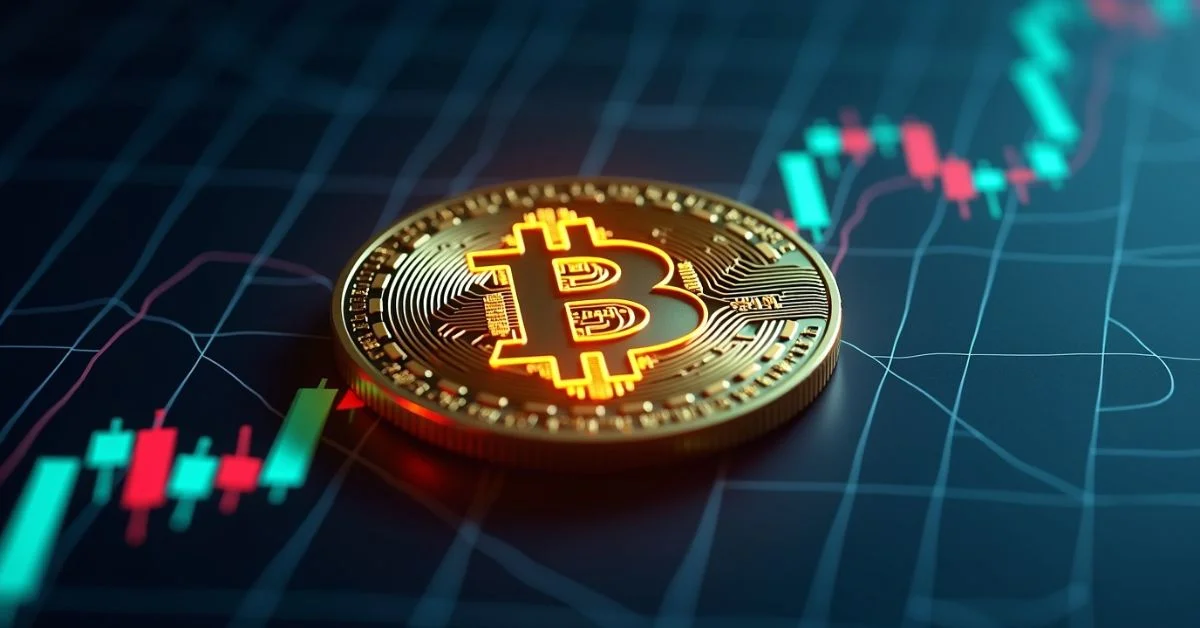The “TACO” trade, short for “Trump Always Chickens Out” has become a market mantra, reflecting investor confidence that President Donald Trump will ultimately retreat from imposing severe tariffs. This belief has buoyed stock markets, with the S&P 500 reaching record highs. However, recent aggressive tariff announcements are testing this assumption.
In the past week, President Trump has proposed a 35% tariff on Canadian imports, a 50% levy on copper, and a potential 200% charge on pharmaceuticals. These measures have raised concerns about the sustainability of the TACO trade, as markets grapple with the possibility that the administration may follow through on its threats.
- The “TACO” trade reflects investor belief that Trump will avoid implementing severe tariffs.
- Recent proposals include a 35% tariff on Canadian goods, 50% on copper, and 200% on pharmaceuticals.
- The U.S. may lack the infrastructure to replace certain imports, questioning the feasibility of high tariffs.
- Markets have responded positively so far, but the unpredictability of policy decisions adds risk.
- Investors should be wary of assuming that tariff threats will always be retracted.
The U.S. economy’s capacity to absorb such tariffs is questionable. For instance, the domestic infrastructure may not be prepared to compensate for reduced imports, particularly in sectors like copper mining and pharmaceutical production. This limitation suggests that the administration might settle for more modest tariffs, mitigating some economic impacts.
Nevertheless, relying on the predictability of the TACO trade is risky. President Trump’s policy decisions have often been unpredictable, and the current trajectory of escalating tariffs could lead to unintended economic consequences. Investors should remain cautious, as the assumption that the administration will always “chicken out” may not hold in the face of mounting trade tensions.



